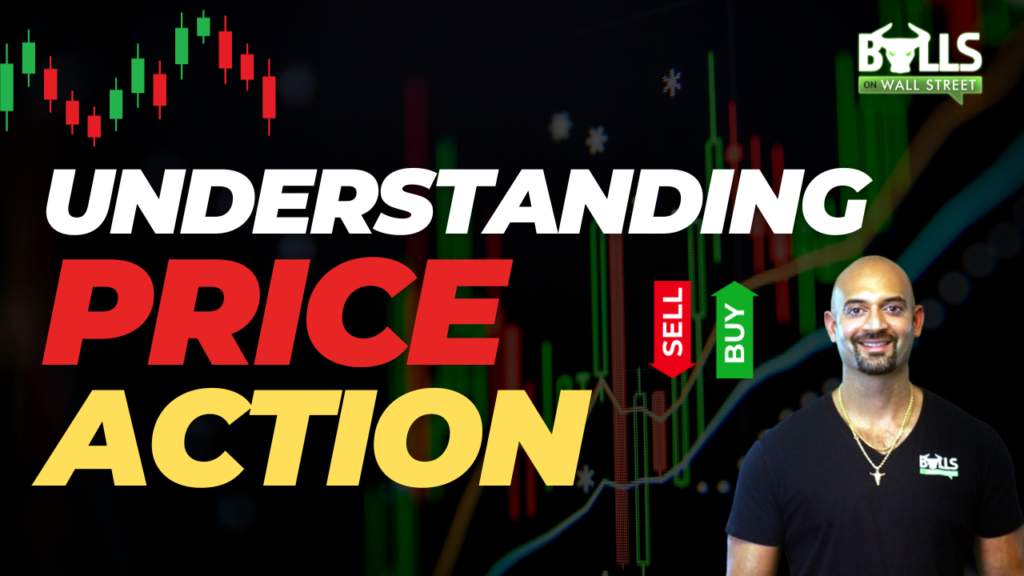In the world of trading, a myriad of tools and strategies are employed to decipher the enigma of market behavior. One of the fundamental techniques that form the cornerstone of trading analysis is “price action.” In this blog, we will delve into what price action in trading entails, why it’s important, and how traders use it to make informed decisions in the financial markets.
Understanding Price Action
At its core, price action in trading refers to the study of price movements and patterns on a price chart. It’s a method that doesn’t rely on indicators or oscillators; instead, it revolves around interpreting raw price data. Price action traders believe that all the information they need to make trading decisions is embedded in the historical price movements of an asset.

Key Components of Price Action:
1. Candlestick Patterns: Candlestick charts are a crucial component of price action analysis. Traders analyze the patterns formed by candlesticks to gain insights into market sentiment. For example, a “doji” candlestick may indicate indecision, while a “hammer” candlestick can suggest a potential reversal.
2. Support and Resistance Levels: Price action traders pay close attention to support (price levels where buying interest may emerge) and resistance (price levels where selling interest may appear). These levels are often identified based on historical price movements.
3. Trends and Trendlines: Trends play a significant role in price action analysis. Traders look for patterns of higher highs and higher lows (uptrend) or lower highs and lower lows (downtrend). Trendlines are drawn to help visualize these patterns.
Why Price Action Matters:
1. Clarity: Price action provides traders with a clear and unfiltered view of the market. It helps eliminate the noise often associated with numerous indicators and allows traders to focus on essential price movements.
2. Timing: Price action can assist traders in identifying potential entry and exit points with precision. Understanding price patterns and key levels helps traders make well-timed decisions.
3. Versatility: Price action can be applied to various asset classes and timeframes, making it a versatile tool for traders across different markets.
4. Risk Management: Price action analysis often includes setting stop-loss and take-profit orders based on support, resistance, or other price-related factors. This enhances risk management and helps protect trading capital.
How to Use Price Action:
1. Study and Practice: To become proficient in reading the markets trading, you must dedicate time to study historical price charts and practice recognizing patterns and key levels. Our favorite charting platform TC2000 will be a great resource for you to study and practice reading charts!
2. Combine with Other Tools: Price action can be used in conjunction with other technical and fundamental analysis tools to refine trading strategies. There are certain tools too like Bookmap that will help you read price action.
3. Maintain Discipline: Like any trading strategy, discipline is crucial when using price action. Stick to your trading plan and avoid emotional decisions based on short-term fluctuations.
4. Continuous Learning: The world of price action is vast and ever-evolving. Traders should continuously seek to expand their knowledge and adapt to changing market conditions.
Price action is a fundamental component of trading analysis that empowers traders to read and interpret market movements directly from price charts. It’s a versatile and invaluable tool that, when used effectively, can enhance trading decisions, improve risk management, and contribute to a trader’s overall success in the financial markets. Whether you’re a novice trader or an experienced one, understanding and applying price action principles can be a game-changer in your trading journey.



